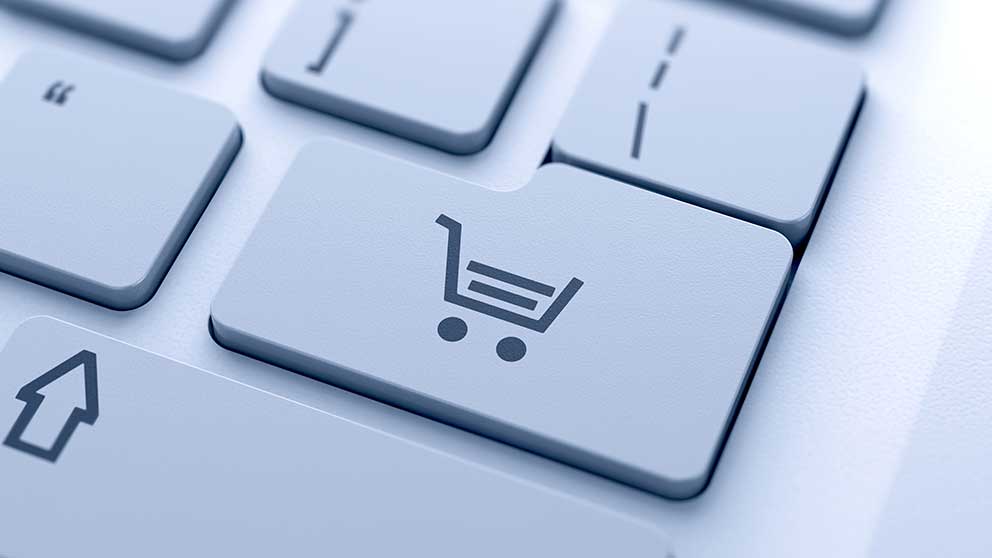Understand debt to achieve business goals

You seldom hear the question, “Do you have enough debt?”. The usual caution is taking on too much debt and being unable to make the payments. However, if your business is expanding, diversifying or transitioning, debt is a tool to help you achieve your objectives. Understanding debt is key to using it properly.
Realizing what level of debt you should take on is directly linked to first understanding your business short-term and long-term goals and your financial position. This is where your business plan connects to your cash flow budget.
Link your goals to your financial needs
It's worth asking yourself what your long-term goal is in regard to your business. If you're looking to grow at a sustainable rate in order to position your business to be an attractive sale, then your willingness to take on debt might be a little more conservative and you may need to temper your planning objectives.
If you’re looking to grow dramatically to make your name or expand your markets, you’ll need to ensure you can support the higher-leverage debt repayment.
Debt can be used to help achieve short- and long-term business goals.
Debt can be used to help achieve short- and long-term business goals. If a loan makes your business more profitable and sustainable in the long run, and if you have a solid repayment plan, it can be an essential business instrument. But, it’s ill-advised to pay for something beyond its useful life, like processing equipment.
Know your limits
Sometimes trying to borrow expensive short-term money to get that 'big contract' may not be worth it if the margins are too slim or if there’s too much room for error. It's nice to land the big contracts, but unless your cash flow budget can withstand delays or bumps in the road, sometimes it's better to politely decline and land a bunch of smaller ones with good margin (and also diversify your customer base at the same time).
Like any tool, debt needs to be understood, structured in a manner that fits with your business needs.
Understand credit scores
As people have more and more access to credit, the need has grown for a comprehensive credit rating system to track individual performance. When you sit down with a lender and apply for a loan, you grant permission for the lender to access your credit score. This rating reflects the relationship with your current creditors, including how diligent you’ve been in repaying that debt.
Most people don’t realize that paying your cell phone bill late can reduce your credit score. In the same way, always making the minimum payment on your credit cards rather than paying off the entire amount owing can erode your credit rating. Credit scores improve if you maintain a record of paying on time and don’t appear to be over-utilizing credit. On the other hand, shopping around for credit at many places over a short time will hurt your score.
Find your credit score number
A lender is not supposed to share your actual credit score number but may ask about specific incidents. Be prepared to explain any negatives. There are often two sides to the story.
The two national credit bureaus in Canada are TransUnion Canada and Equifax Canada. You can obtain a free copy of your credit report from each bureau. The credit report won’t include your credit score but can be available for a small fee. The scoring system runs from 300 to 900. The higher the score, the better your rating.
Protect and improve your business credit score
It’s equally important to manage finances, both as an individual, and as a business.
The Commercial Delinquency Score (CDS) is a prediction of how likely your business is to pay its bills and manage cash flow. Like the credit rating, this score will be assessed by a lender.
Late payments or collections can damage your rating for years. A credit rating history typically goes back at least six years. However, with diligent effort, you can improve your score. Best practices are similar for an individual and a business.
Mistakes in credit reports and scores can and do occur, so it can be valuable to check this information at regular intervals.
Learn more about credit reports and score basics from the Government of Canada.
Tie it all together
Ask yourself, as the manager of your business’s finances, do you have a good pattern of paying your debts? Does the level of debt fit with your business's short- and long-term goals?
Your credit score is based on your historic behavior. It reflects your ability to pay bills and repay loans. In order to look to the future and achieve your short- and long-term goals that require you to take on debt, the strength of your business financials and cash flow budget are key.
Here are some actions to take:
Review your business plan, specifically your short- and long-term goals, against your cash flow budget
Check that your current financing terms match the useful life of the asset
Check your credit report annually to check for errors
Talk to your financial lender if you have any questions

More and more consumers are buying their food online. By taking the right steps you can tap into this growing trend and maximize your sales.

